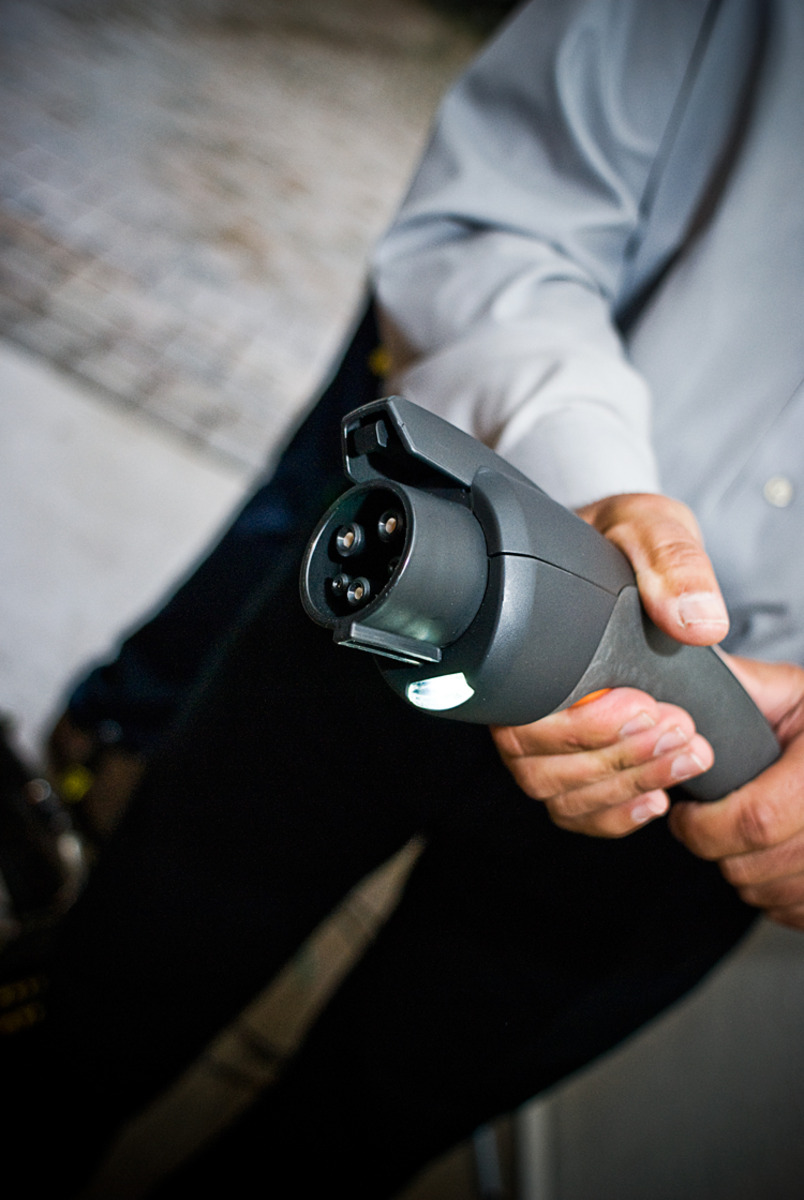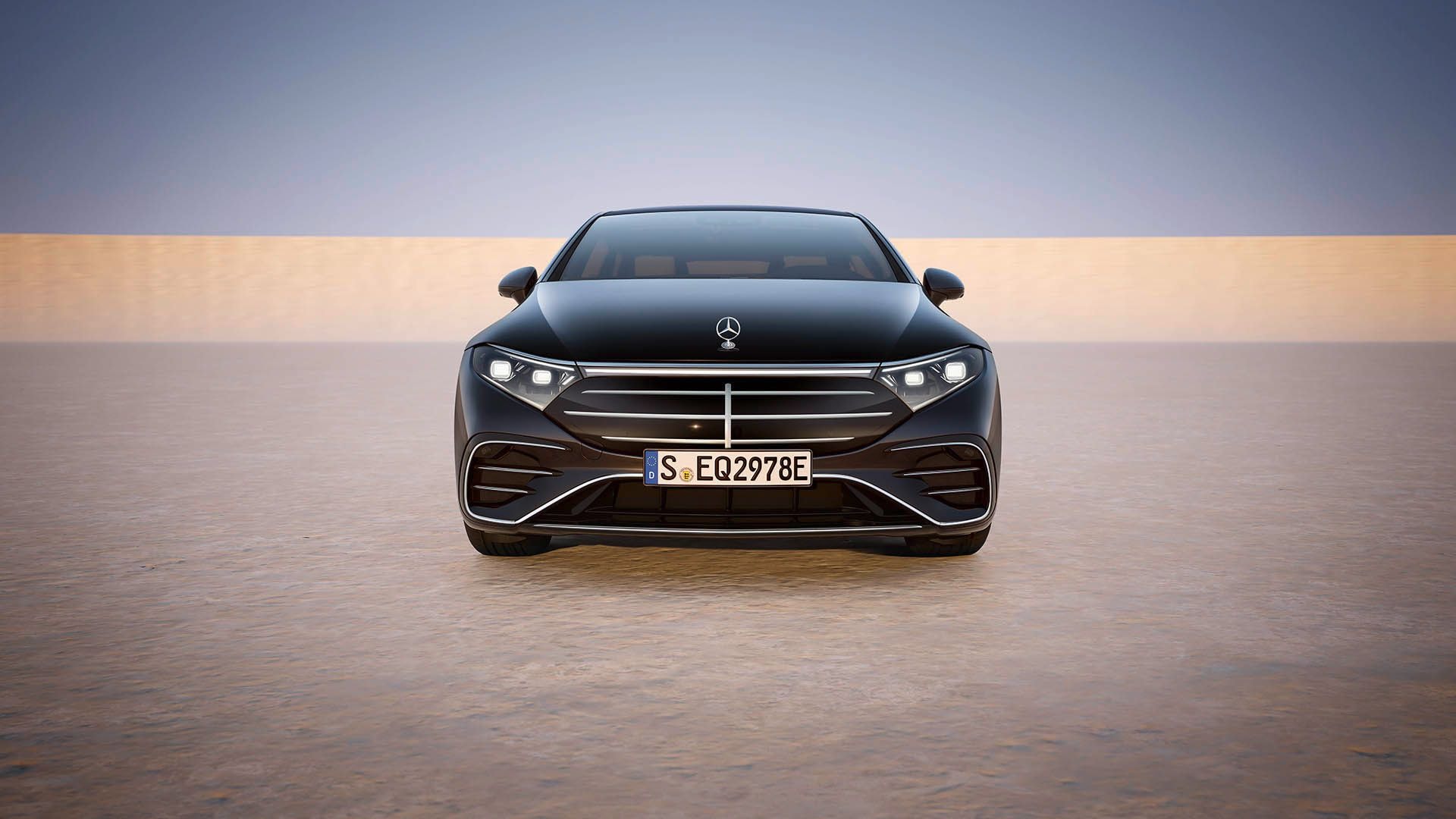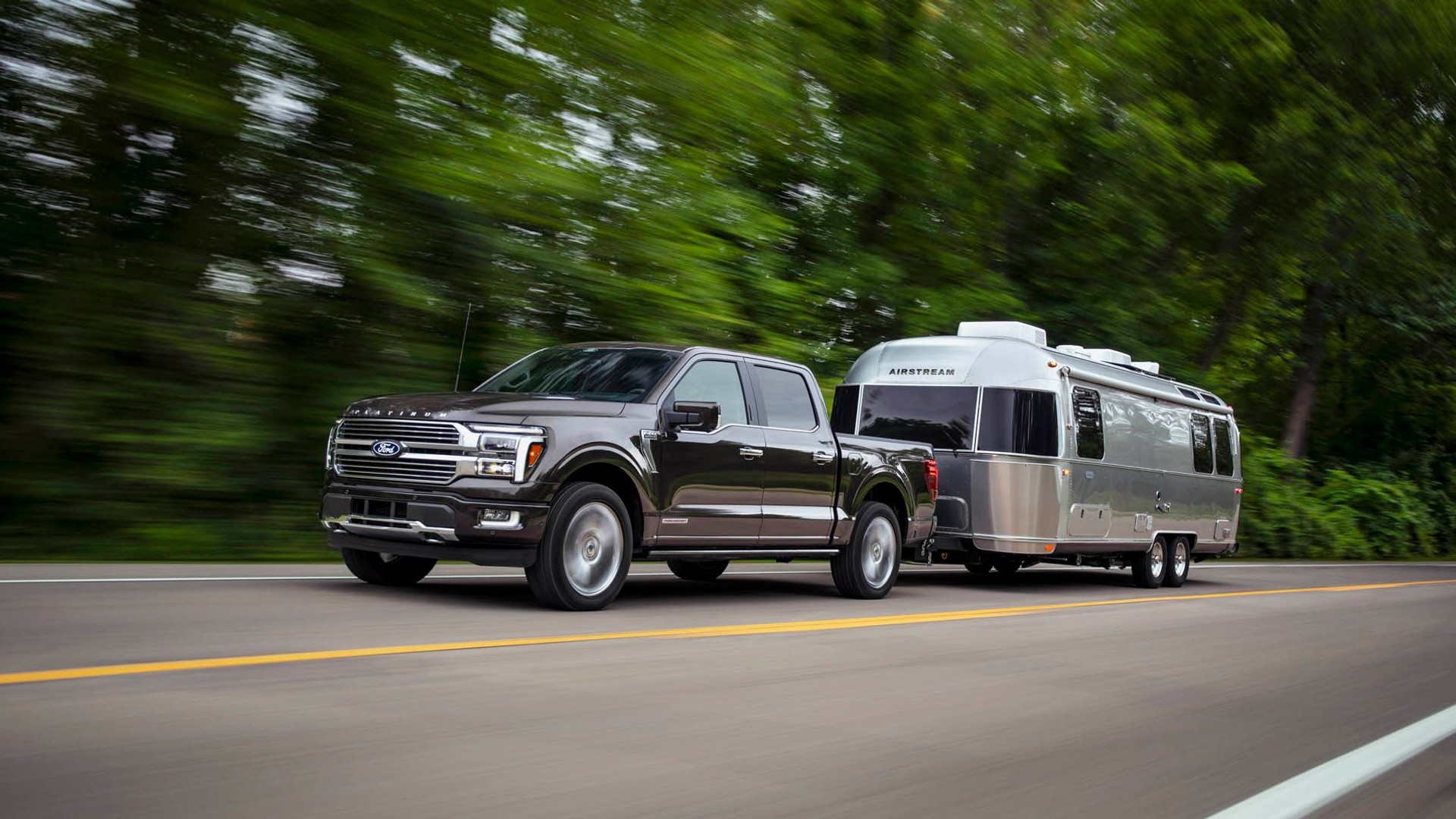You’ve ordered your electric car and like many, you’ve been put off by the seemingly extortionate quote given to install a level 2 electric charging station at your home.
As we’ve discussed before, sourcing your own Electric Vehicle Supply Equipment (EVSE) can save you hundreds of dollars on the cost of preparing your home for your electric car, but an increasingly large number of budget-priced, so-called EVSE charge stations which are not what they appear to be.
As regular visitors to the MyNissanLeaf discussion forum may have noticed, some owners have purchased equipment priced well below the competition.
EDITOR'S NOTE: We have updated this post to remove a reference to a thread on the MyNissanLeaf forum in which a user discussed his claimed experience with a charging station. It was not High Gear Media's intention to assert that the user's claims were true, nor to convey the impression that we endorse his statements. Accordingly, we have removed the reference.
Don’t be confused: an EVSE is not just a cable inside a fancy box.

2011 Chevrolet Volt 240V charging station
All EVSE charging stations on the market today should comply to the outlined in the J1772 (2010) specification devised by the Society of Automotive Engineers (SAE). As part of this standard, a two-way signalling process is used by the charge station and car to ensure that various safety requirements are met before the 230V supply is switched on to the car’s charger.
Without the correct data interchange between the vehicle and EVSE, charging is not allowed. This prevents charging from taking place when there is a fault with either vehicle or supply and prevents electrocution.
However, you may have seen examples of J1772 conversion boxes. These are designed to allow owners of older electric vehicles to make use of the more modern J1772 charging stations. These work by electrically mimicking a connected car at the end of the J1772 charging cable, convincing the EVSE to commence power delivery to the charger.
This ‘hack’ is achieved by using a few resistors of the correct value across the two wires used to communicate between EVSE and car. But to hack the EVSE side of the charging process, much more complex circuitry is required.
So is it safe to buy your own EVSE from a third-party supplier?
Yes, provided you follow a few simple steps:
Firstly, make sure you check to see if the equipment is certified by the Underwriters Laboratories (UL). UL certified EVSE is safe to buy and install, as it complies with all the current safety laws.
What’s more, you may find that neither the automaker or your insurance company will honor a claim if you have charged your car with non UL-certified equipment.
Secondly, check the company out. Your automaker should know of them and they should be listed on reputable owners’ forums.
Olivier Chalouhi, the first customer in the U.S. to take delivery of the 2011 Nissan LEAF back in December, knows only too well that it is possible to save money on the installation of his home EVSE.

2011 Nissan Leaf, Nashville, October 2010
Instead of paying for an official nissan-sanctioned installation of his level 2 domestic EVSE, Chalouhi purchased the unit at trade price from Nissan-recommended EVSE supplier Areovironment and found a local electrician to install it for him. He saved a massive $900 in the process.
If you want to follow in his footsteps, make sure you don’t buy from un-known EVSE suppliers and always check for UL certification.
If in doubt, buy with a credit card. That way if you have any disputes your card issuer should offer some form of dispute resolution for goods which do not perform as described.













